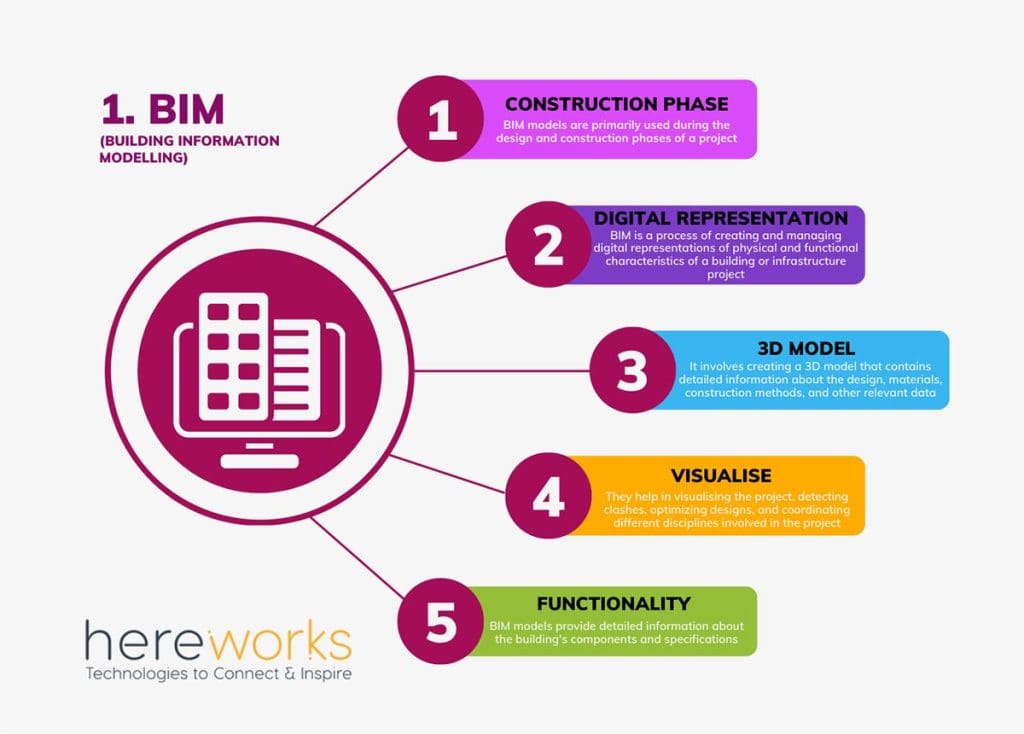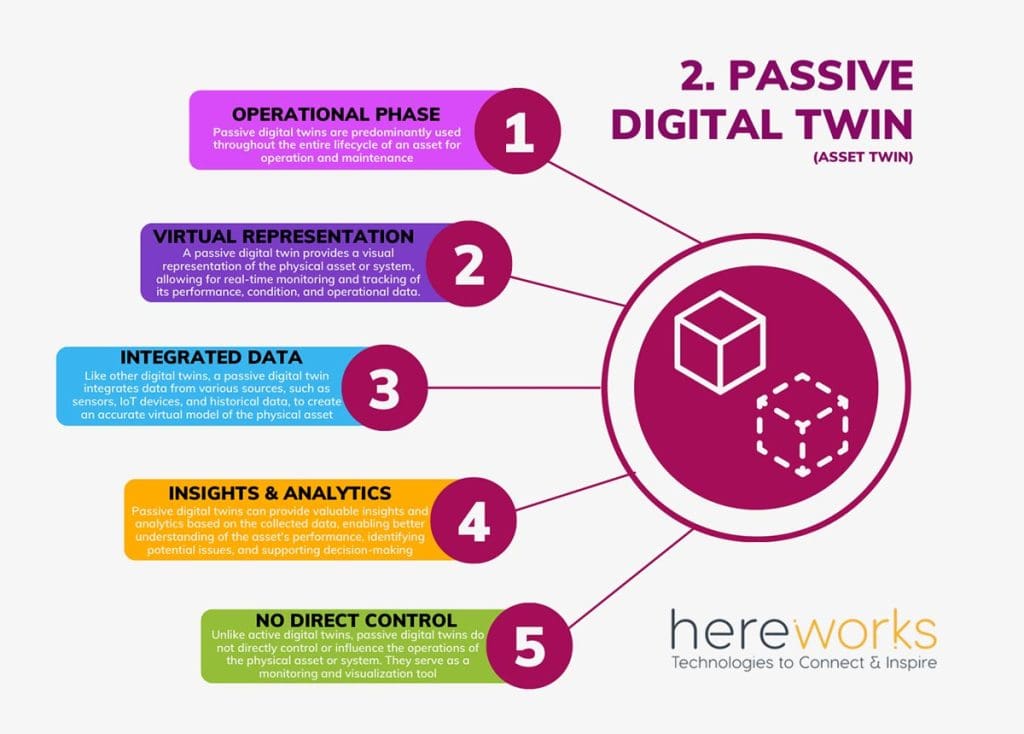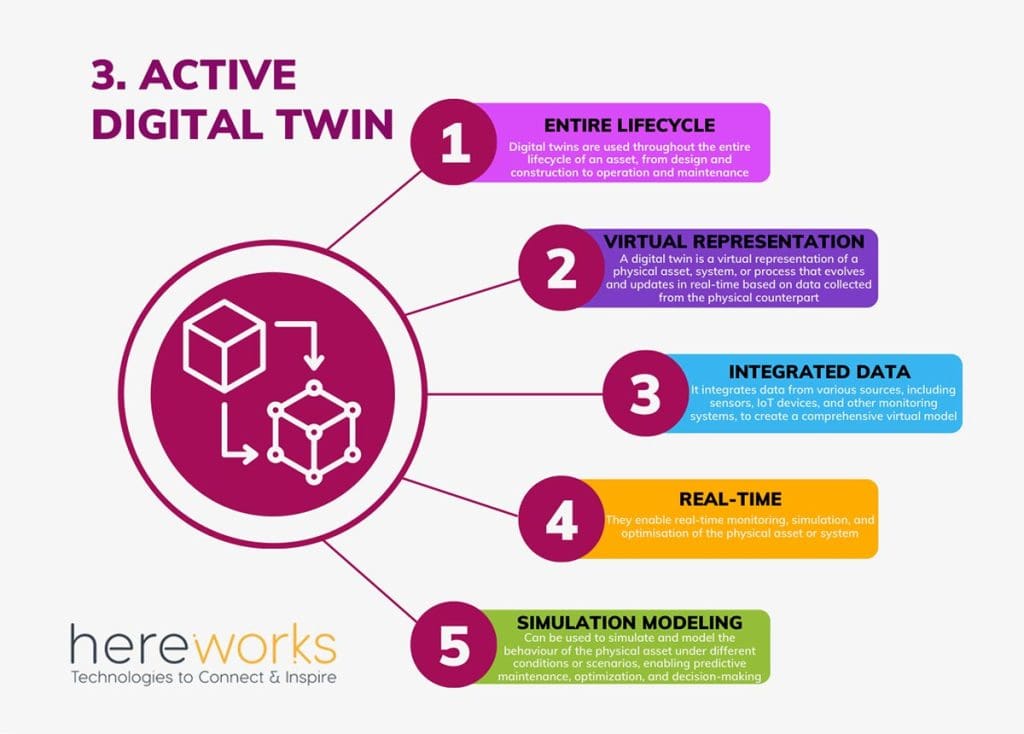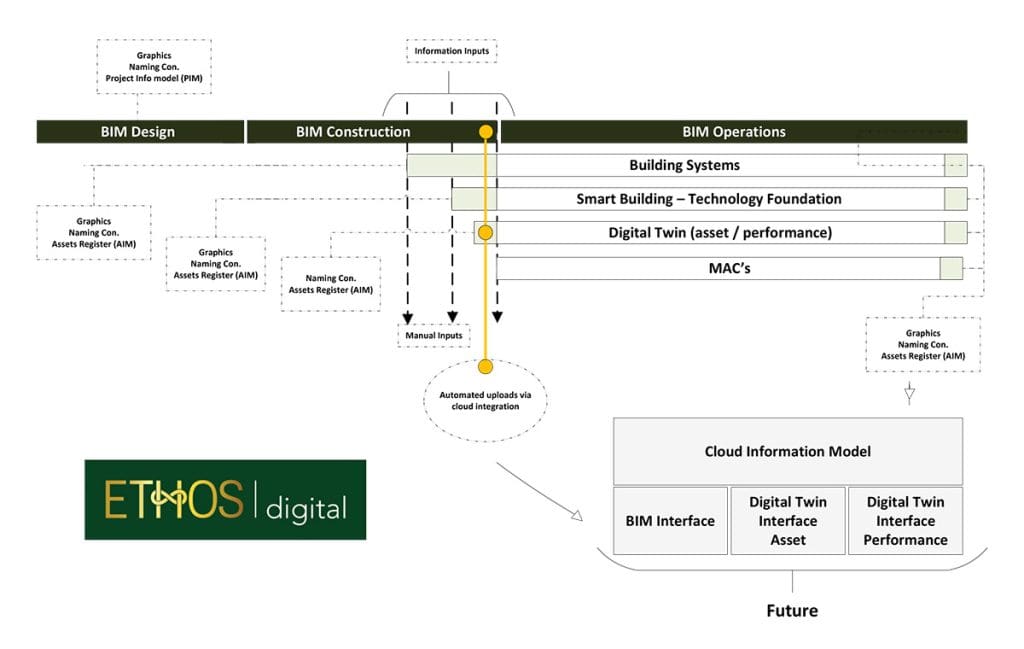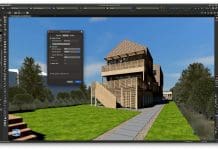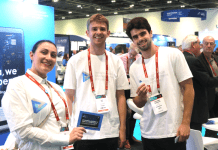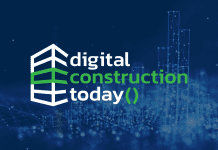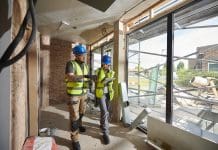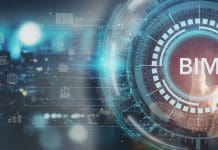With the concept of “smart” becoming deeply ingrained in our daily lives, the AEC sector is embracing the trend of smart buildings. Sam Norledge of the newly formed Digital Buildings Council explores the vital role of BIM-IoT integration in the delivery of digital buildings and its alignment with operational practices in this new era
The Digital Buildings Council (DBC) was officially launched in April, supported by 14 founders with the aim to enhance best practice and drive demand for digital buildings.
A key problem the DBC plans to solve is the growing market confusion that has resulted from too many conflicting voices, vested interests and lack of common language.
Activities also include providing practical guidance on sustainability performance and how technology can help improve good governance and user experience.
Connected to this is the DBC’s mission to demonstrate RoI and the need to think more holistically about how it’s calculated.
As part of this initiative, LMG, a leading player in the digital building space, has appointed Sam Norledge, a digital construction and IoT expert, as head of smart buildings.
Formerly at ISG, Sam spearheaded the company’s digital building projects and started the IoT to BIM Interoperability project for Building Smart UK & Ireland.
Amid this, the notion of “smart buildings” has emerged as a significant trend within the architecture, engineering and construction (AEC) sector, often referred to as intelligent, connected and autonomous buildings, among other overlapping terms.
In this article, the term “digital buildings” is being used as a catch-all to describe buildings that use technology to create spaces that are secure, efficient and sustainable.
In this context, Building Information Modelling (BIM) takes on a pivotal role in their delivery, contributing to not only their success but also aligning with operational building practices and the increasing role of digital technology in those practices.
This article aims to spark a conversation about the natural progression from BIM to digital buildings, emphasising the role of BIM data structures in simplifying interoperability for increasingly digitised operations.
It delves into the nuances of BIM as a design tool versus the digital twin as an operator’s tool, highlighting the importance of naming and configuration elements throughout a project’s lifecycle.
BIM: A bridge to digital buildings
At their core, digital buildings employ data to elevate their functionality and efficiency. BIM, which presents a digital representation of a building’s systems and components, plays a critical role in shaping their design and deployment.
By offering an updated and comprehensive model, BIM facilitates a deeper comprehension of the interactions and optimisations of building systems. This equips stakeholders with the ability to make informed decisions throughout the building’s lifecycle.
In the realm of modern buildings, substantial volumes of vital data are generated. However, gaining access to and effectively utilising this data can be challenging due to the diversity of devices and languages in the IoT.
To unlock the potential of operational data for analytics and reporting, it is imperative to enhance the interoperability of these disparate data sources, creating a unified structure. This transformation is well underway, as technologies such as common data environments and advanced databases streamline the integration process.
BIM’s expanding influence and convergence with IoT
Over recent years, BIM has evolved into a linchpin for sharing and managing information across all stages of a project, spanning design and construction through to operations and maintenance. This trajectory presents a unique opportunity to leverage BIM data to enhance the delivery of IoT-connected buildings.
While BIM has been proven effective in rationalising data for building owners and stakeholders, the full potential of BIM in the realm of IoT-enabled buildings is often overlooked.
The Internet of Things offers a plethora of options, catering to diverse user preferences. In this context, the convergence of BIM and IoT becomes pivotal. This alignment not only streamlines data exchange but also resonates with operational practices by enabling more efficient sharing of critical operational and maintenance information.
Creating value through Semantic Models + Future Prospects and the Nexus with Sustainability sections
The true potential of BIM and IoT integration lies in their collaborative power, facilitated by semantic models. By embedding tags like those found in the BRICK schema into BIM files, a crucial bridge is formed between these two domains.
This linkage empowers IoT systems to seamlessly leverage BIM data, streamlining asset tracking and simplifying physical labelling processes.
Building Ontology Topology (BOT), an extension of the Industry Foundation Classes (IFC) standard, further amplifies interoperability.
By enabling the representation of metadata related to building systems and equipment, including data from IoT sensors, BOT, alongside IFC, fosters efficient data exchange and optimised data management through the creation of RDF models. This lays the foundation for more effective building practices.
Navigating the ontology landscape
While BRICK and Haystack have emerged as prominent semantic models, the digital building landscape is rich with diverse ontologies.
Recognising the absence of a unified industry consensus, the DBC aims to provide much-needed guidance in this arena. By evaluating various ontologies and potentially synthesising the best aspects of each, the DBC strives to facilitate interoperability and standardise metadata representation in digital buildings.
This effort aligns with initiatives like the RIBA Plan of Works Smart Buildings Overlay, which addresses object naming conventions and competing ontologies.
Through collaboration and a systematic evaluation of existing solutions, the DBC aims to pave the way for a more harmonised approach to semantic modelling, unlocking the full potential of data-driven analytics and optimisation in smart buildings.
In projects like BRICK and Haystack, BOT can be a central enabler for standardising metadata representation in digital buildings.
Return on Investment
We already have so much to leverage from all the years of standardisation, effective workflows and best practices in BIM that smart buildings are yet to harness. For example, having a BIM model as a single source of truth for all operational, design and maintenance data – why not extend this to the IoT?
Over the years, we have leveraged different parts of the BIM to generate their X, Y, Z coordinates or object Globally Unique identifiers (GUIDs) and even utilising physical spaces in models to boundaries for objects and devices within them. Utilising this in turn provides a full system of collating and managing all device registry on projects.
But it shouldn’t stop here. There is much more that could be utilised, such as relationships, IP data collation and exploiting the BIM, ie as a way to track and update commissioning activities.
Combined with IFC, all this can present massive ROI savings and fundamentally reduce design, construction and operational costs by having all this data in one easily accessible and interoperable space.
In turn, using the BIM for these operational and delivery purposes can save countless hours trawling through spreadsheets and drawings to collate this data. This saves the need to employ expensive software engineers to resolve your problem because it can all be collated and updated by your already existing design and facilities management teams.
While the industry has demonstrated significant savings in the design and build phase, it’s crucial to recognise that 80% of a building’s expenses occur during its usage. This is where the DBC can help, unlocking true value and maximised savings by focusing on this operational phase.
Although the greatest potential for instantaneous cost influence lies in the construction and planning phase, addressing the operational costs presents a substantial opportunity for further optimisation and savings.
Paving the way to effective operation
As we stand on the precipice of change in how we engage with and develop buildings, the synergy between BIM and IoT becomes an avenue for delivering digital buildings.
BIM’s ability to provide a comprehensive and up-to-date digital representation aligns seamlessly with the goals of smart and sustainable buildings.
By enabling stakeholders to collaborate effectively, make informed decisions, and optimise building performance, BIM enhances the delivery of digital buildings and sustains the evolution of the built environment.
Building Smart UK & Ireland will collaborate closely with the team at the DBC specifically surrounding their recently proposed BIM-to-IoT interoperability project, moving forward this integration for a common good and change the way we approach BIM data for the use of IoT convergence.
Special thanks to the following at the DBC for their input in this article: Brian Coogan at Ethos Engineering, Dan Watson at Hereworks, James Thomas at SES Engineering and the executive officer Justin Kirby.
Digital Buildings Council



